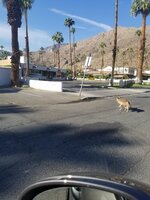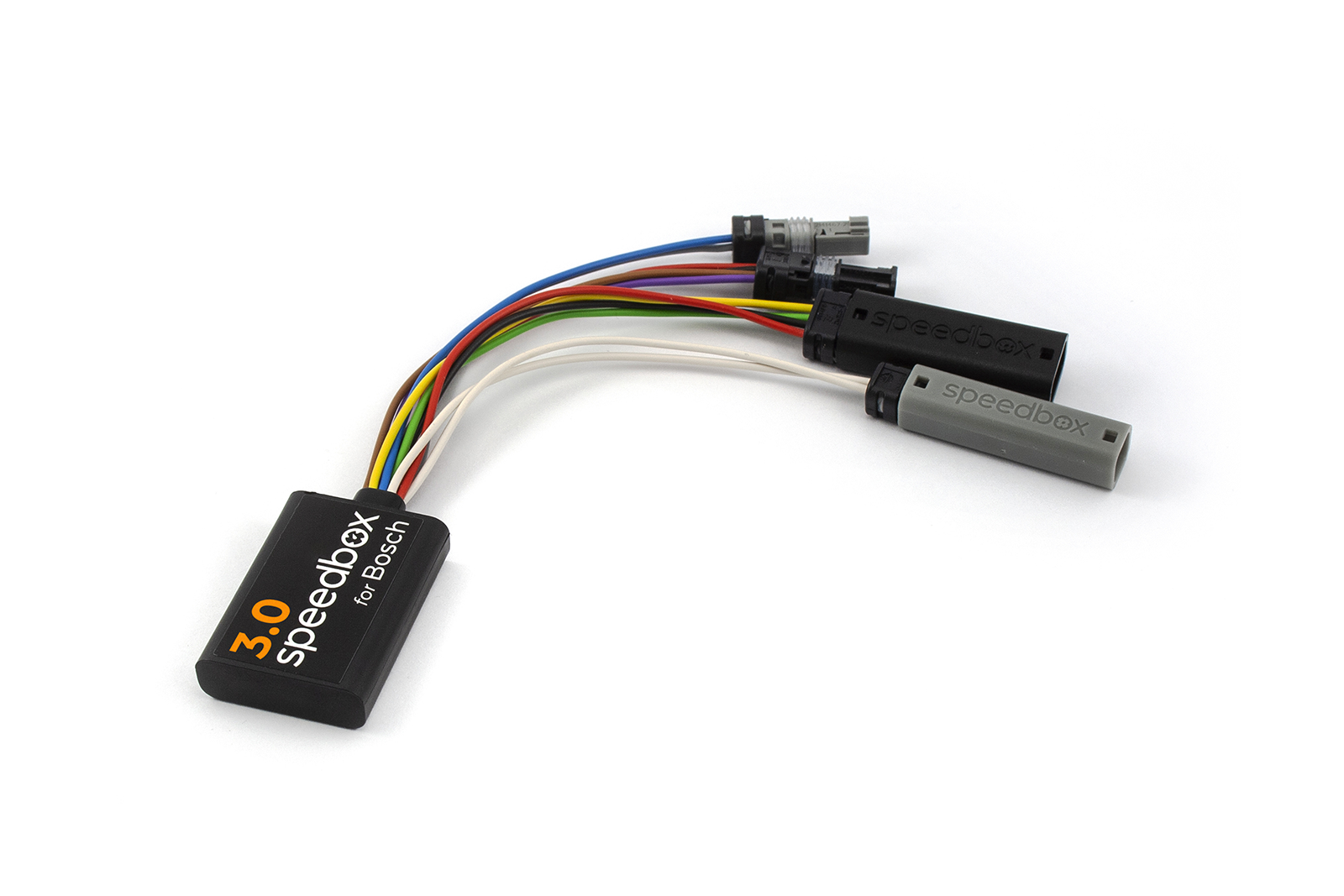Well, since I am a utility rider not a recreational rider, and I have about a 15.5 mile ride each way into the office, I'm at least in the ballpark of
@Coachman 's use case. I'm also a lifelong commuter cyclist who had to switch to ebikes after cardiac problems forced the change on me (more accurately: ebikes gave cycling back to me after knocking me off the bike for what would have been a permanent loss).
I built my bikes then and after buying a manufactured ebike to start with, I went to learning the 'e' portion of 'ebike' and building them from the ground up again. As such, my answer is entirely "it depends" as you'll see. If you know enough to build your own and stock it with quality components, you can write your own script.
As a cyclist I approached an ebike not as a bicycle but as an entirely new system, with entirely new rules to learn. You already are going in the direction of this mindset acknowledging the difference between a 'work' and 'fun' bike. So try throwing out the rulebook and look at everything with fresh eyes. Some of the worst ebike advice you can get comes from cyclists who are stuck on being an expert cyclist and haven't realized an ebike is a new animal entirely.
So, my take on this says a utility-oriented ebike (versus a recreational ebike) is not a bicycle, but rather is a bicycle-shaped-object whose existence is fixed on a set goal: Transportation at speed while delivering exercise. You want to haul ass. But you don't want to ghost pedal (unless circumstances of the moment dictate you do want that, in which case the 'e' in 'ebike' lets that happen).
Here's my solution to flat, urban USA riding where the roads are flat, and on-street bike lanes are well-available:
View attachment 93736
That is one weird-looking fat bike. But it has several thousand street miles on it, pretty much 100% of it commuting. Don't focus on the 5" tires that are on it in that picture (an experiment in going tubeless at the time). When the weather is dry (I am in California so that always right now) I run 4" smooth semi slicks on it. But do note a few details:
1. Front chainring is BIG for an ebike. 50T. Likewise the smallest rear cog that I stay in is 11T. Small. And that rear cluster is not very tall at IIRC 30T. So mid-length cage on the SRAM derailleur. Doesn't matter cuz I use the 11T almost exclusively. You do this to be able to pedal the bike with effort at high speed. No ghost pedaling is even possible as that gearing exceeds the bike's max powered speed.
2. Battery is big as well. This is an XL-sized frame (a chromoly Chumba Ursa Major) but the battery fills that triangle bag and weighs in at 30ah (52v). Because of the big gears, I can work hard at this bike's max powered speed, which depending on wind is 28-34 mph. So I work on my ride, and I run at typically 28-30 mph. Riding like that, the big battery lets me ignore range anxiety and just ride like I feel like.
3. Yes those are twin hub motors. 2wd. Done properly, a 2wd bike accelerates effortlessly to your desired cruise, and since both motors are connected to a common PAS sensor and dual controllers, you effectively have 10 levels of assist (5 per axle). But since this bike's job is to go places efficiently, I almost always just run it at full blast and pedal along with it using pedal assist (not throttle).
4. Not visible but a huge deal for a utility rider, for a bike whose job is to transport first and foremost: cadence-based assist is a huge benefit once you make the mental leap on how to implement it as part of a total system involving gears, battery capacity etc. With 10 levels of assist and gearing you add yourself that exceeds the bike's ability to motor itself, you are in control of precisely how much effort you put into your chosen cadence. It is not a 'bicycle experience' that torque sensor sellers claim (I'm looking at this as a bicycle-shaped-object and my take is you are selling yourself short if you think of this tool as a bicycle and try to emulate one). What this is, is an exercise machine that moves down the road. A spinner I guess they call them. But it goes places. You increment your assist up and down in bits as your needs of the moment dictate. Or do like I do and run it full blast always. If I hit a headwind that kills my preferred cadence, I upshift one gear, maybe even two so effort remains at my chosen level, cadence stays optimized, the motors work a little harder ... and I slow down some. Hit yourself with a 20 mph steady Central Valley headwind and then all that happens to you is you decelerate to 15 mph. But no change in effort or cadence.
5. No suspension. Thats a big part of why the tires are fat-ish. Also fatties are plenty maneuverable on city streets where you are moving at speed and potholes exist aplenty. There is a very good reason for no suspension which you can read about in the build article I wrote on this bike.
5. And yes I have throttles. If I am late for work and I have a conference call scheduled in X minutes, and I need to get there fast. I can cheat and hammer down on the electrics. Throttle speed is a couple mph faster than pedal cruise so I am at the top end of the range vs. the bottom. Or I have a date that night after work and I am wanting to haul ass home and be ready for it sooner not later. Same deal... throttles are your friend on occasion.
The bike above has dual racks and a lot of space for panniers but that was back when I was using the bike for shopping/cargo duties. Since then I have built dedicated cargo bikes for that separate purpose.
So... obviously this is not a commercially-sold bike, and if you dig around in that series of AWD articles, you'll find I don't have a high opinion of the 2wd commercial bikes out there (except for Christini, they're still stuck at Version 1.0 and have all the mistakes I've already made and worked around still in play).
If I had to buy a bike off the shelf, I would buy a Sondors MXS, then replace its controller, display and battery with 60v upgrades that are readily available in kit form. At that point I'd have a bike with a motor that can handle that sort of power coming out of the gate, that can reportedly reach 40 mph no problem. I'd for sure set the controller to slow-start at the least and maybe limit it via the display to about 35. Past that point your hydraulic brakes and suspension will be outmatched.






